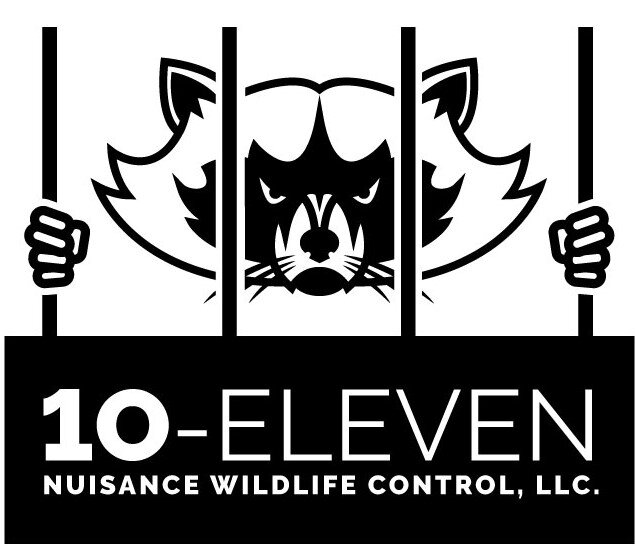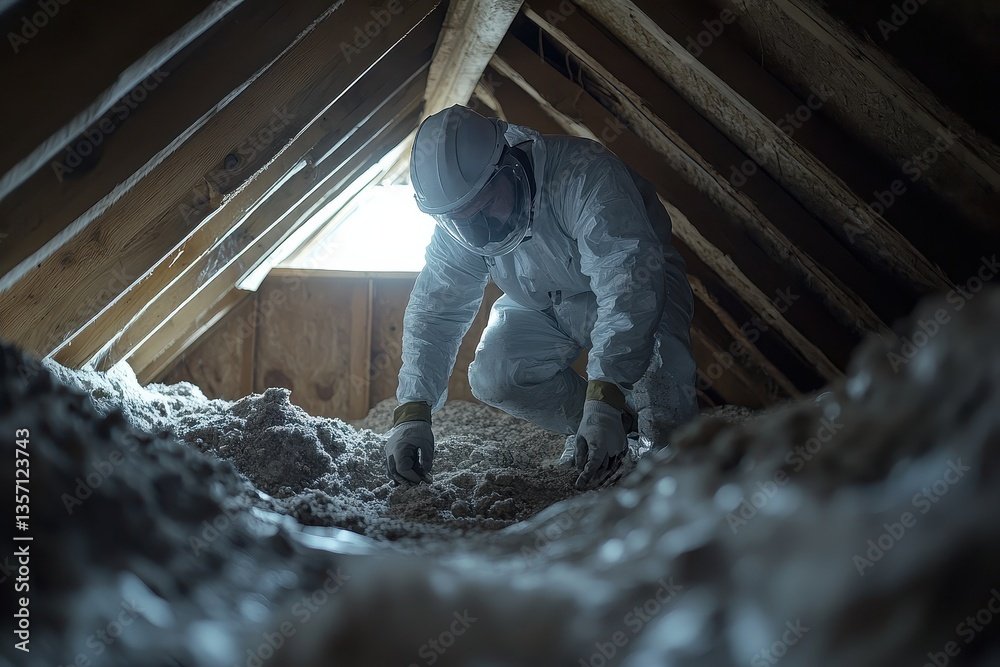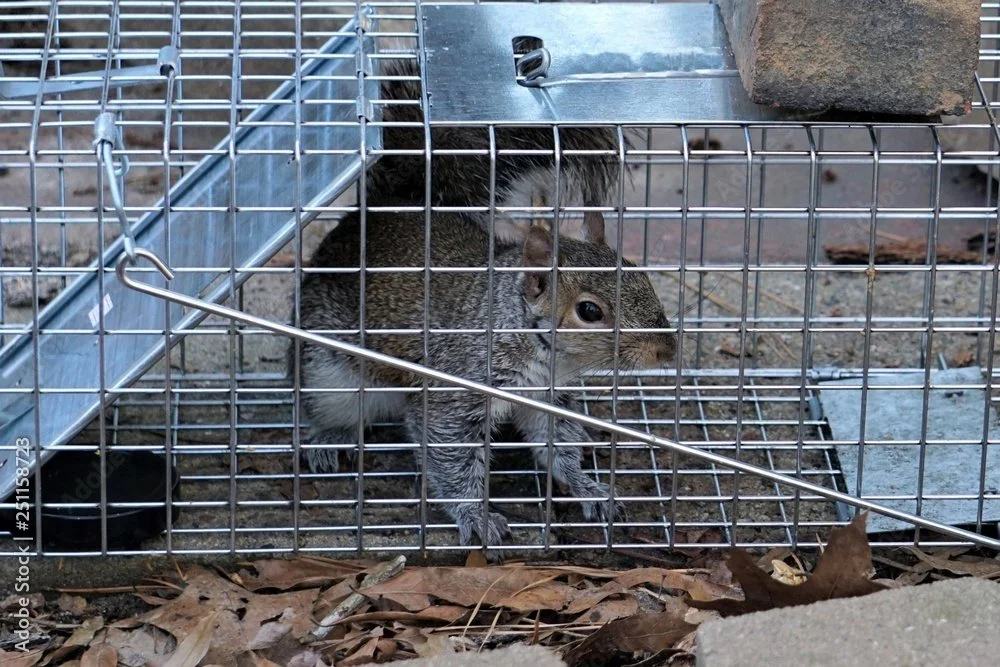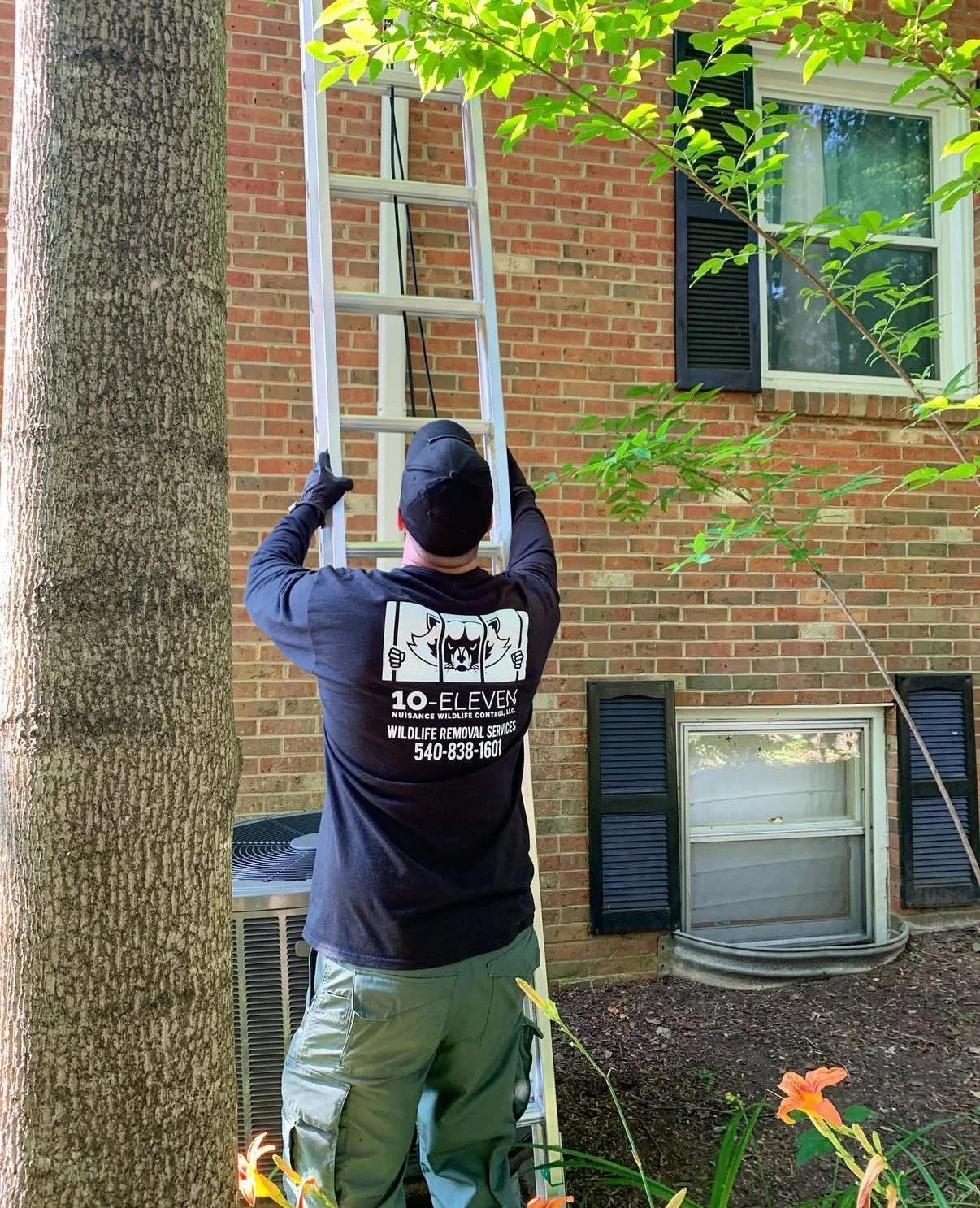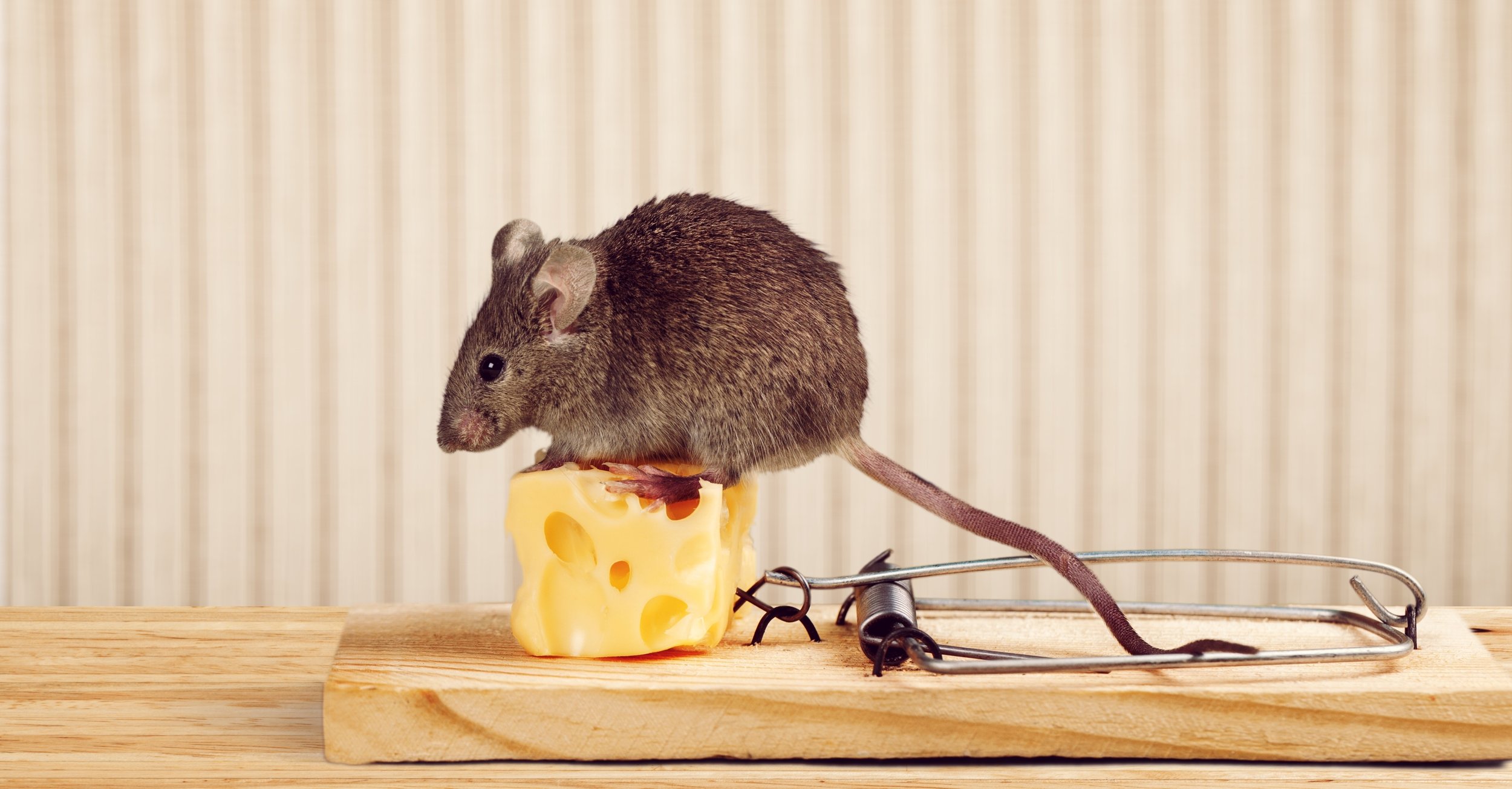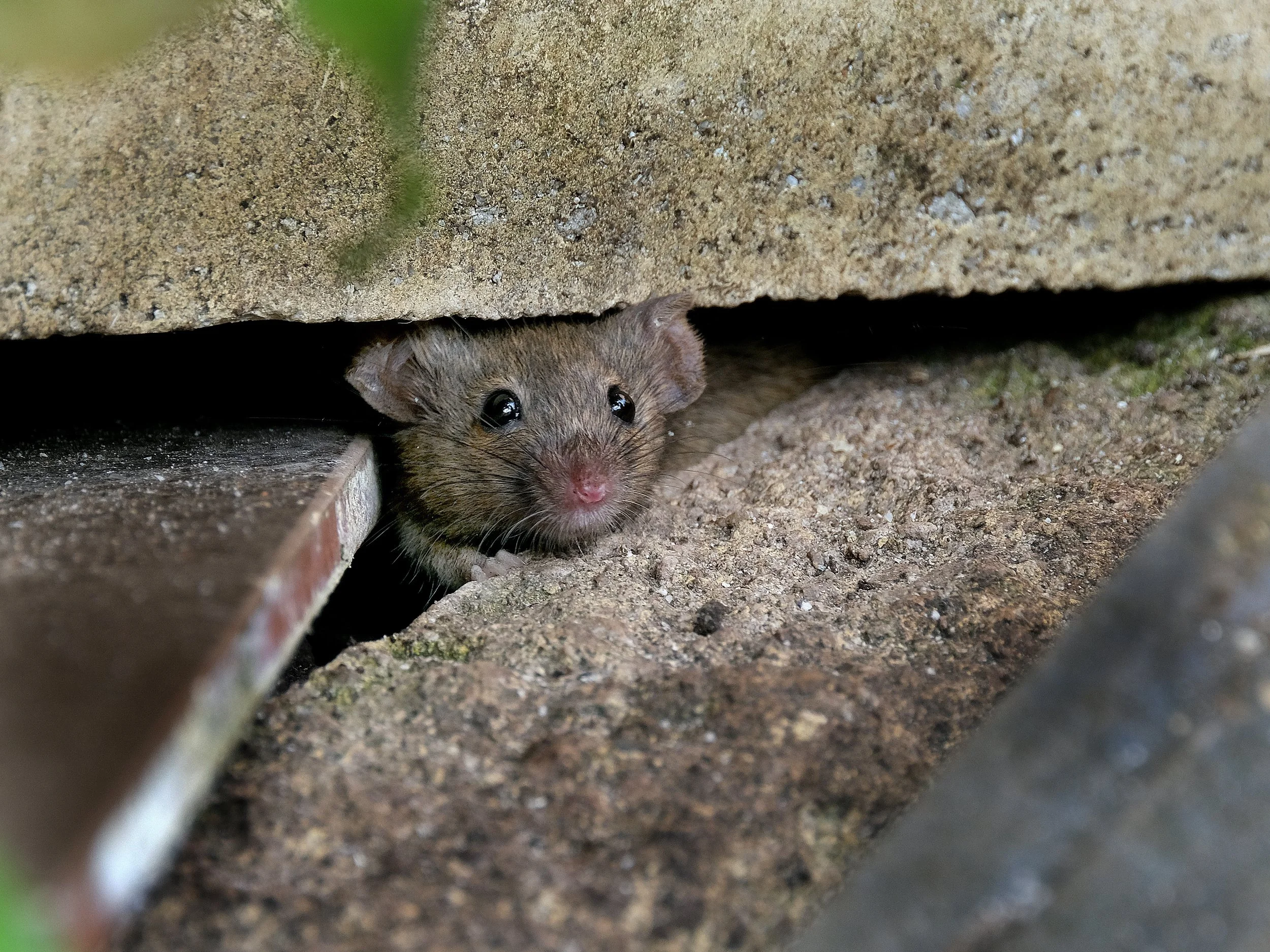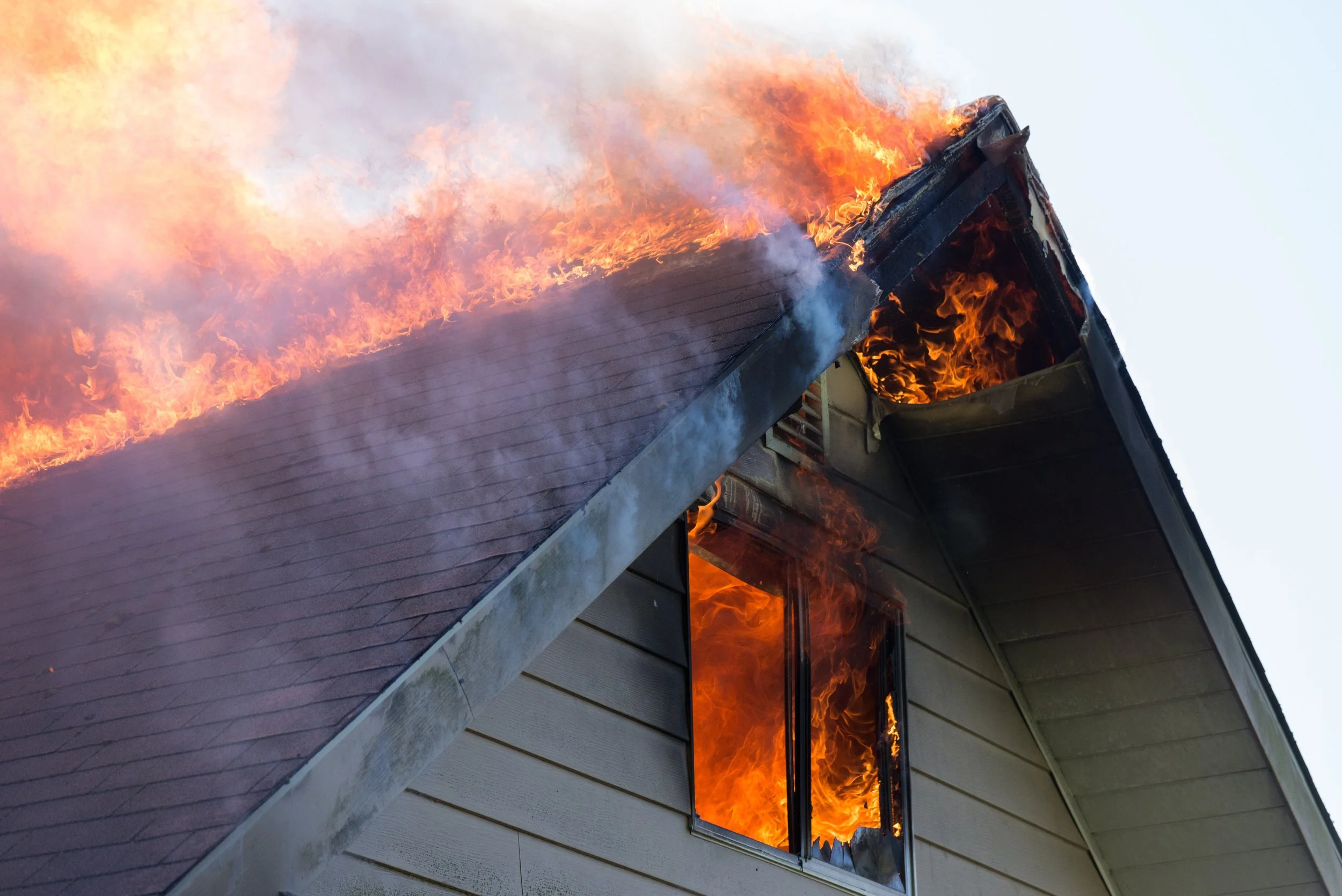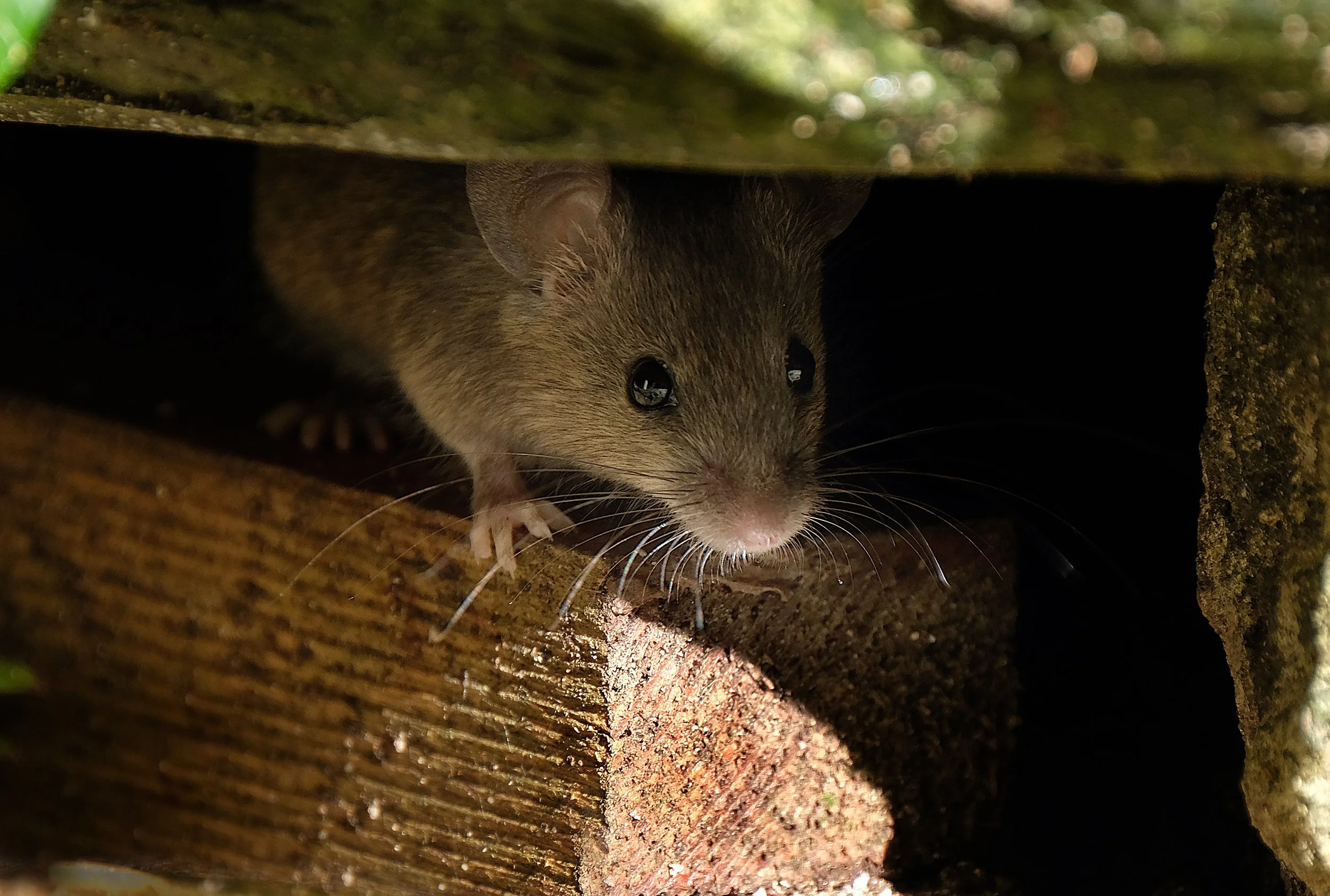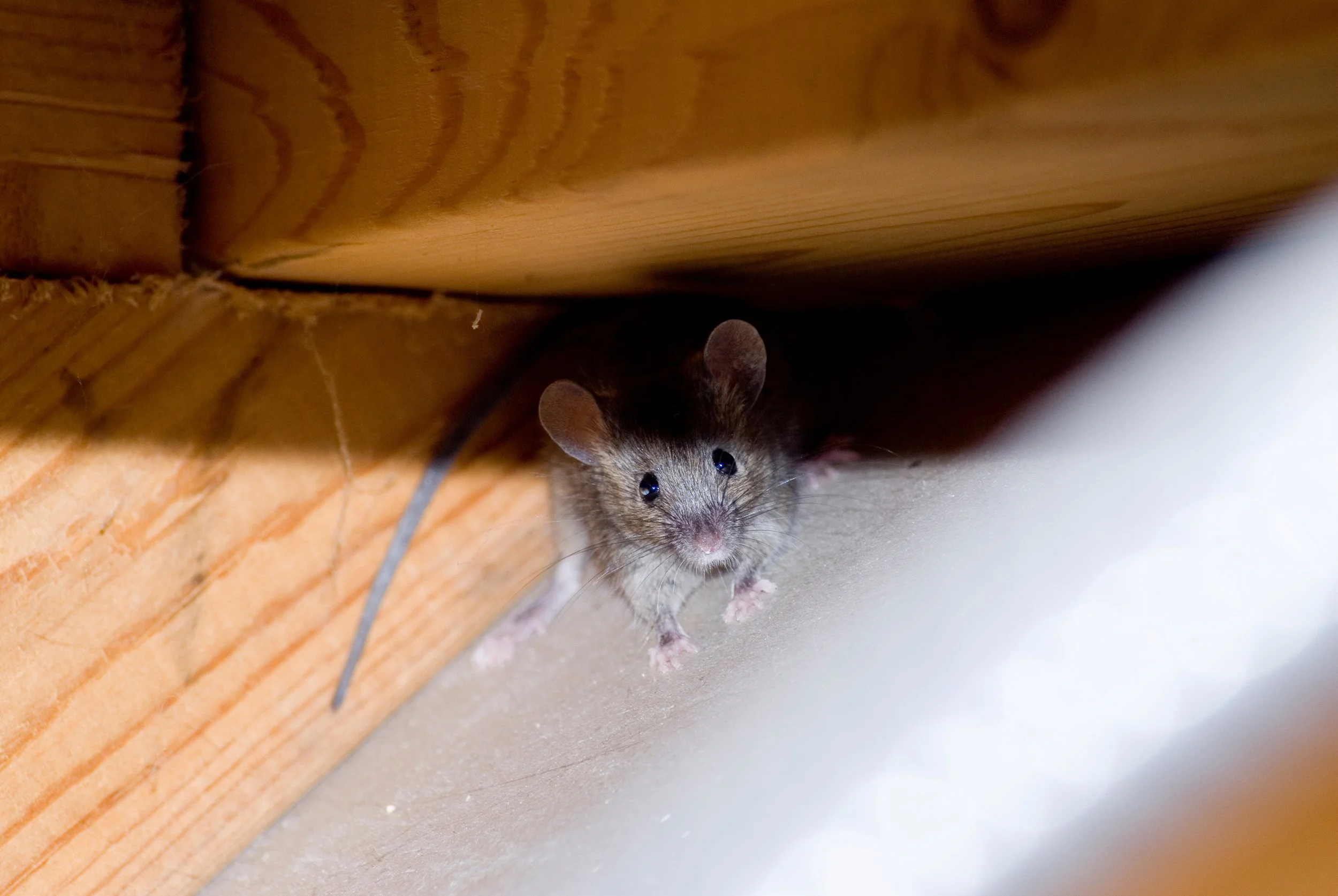
RATS
About Rats
Rats are common rodents that can be found in urban and rural areas across the globe. They belong to the family Muridae, which includes various species, with the Norway rat and the roof rat being the most prevalent in human habitats. These animals are adaptable and can thrive in diverse environments, often seeking shelter in buildings, sewers, and even in the wild.
Rats are known for their high reproductive rates, with females capable of producing several litters each year. This prolific breeding can lead to rapid population growth, especially when food and shelter are readily available. They are omnivorous, feeding on a wide range of items such as grains, fruits, vegetables, and human food scraps, which makes them particularly problematic in urban settings.
Why are Rats a Nuisance Animal?
Rats are known carriers of various diseases, which can pose significant health risks to humans and pets. Diseases such as hantavirus, leptospirosis, and salmonella can be transmitted through direct contact or indirectly via their feces, urine, and saliva.
Rats can cause considerable property damage. They have strong teeth that allow them to gnaw on a variety of materials, including wood, plastic, and electrical wiring, which can lead to costly repairs and even potential fire hazards.
Rats can also be a serious nuisance due to their rapid reproduction rates. A pair of rats can produce multiple litters in a year, leading to large populations in a short amount of time. This makes control efforts more challenging, as they can quickly overrun areas if not managed appropriately.
Furthermore, their presence can disrupt daily life. Rats often invade homes, basements, and attics in search of food and shelter, leading to uncomfortable living conditions for residents. Their nocturnal habits can also result in disturbances during the night.
How can 10-Eleven Nuisance Wildlife Control solve my Rat problem?
We can address a rat problem through a systematic approach that focuses on identification, prevention, and removal.
Inspection: The first step involves a thorough inspection of the property. We will look for signs of rat activity, including droppings, gnaw marks, nesting materials, and entry points.
Identification: Once rat activity is confirmed, we can identify the species of rat present. This helps in understanding their behavior and nesting habits, which influences the control strategy.
Exclusion: One of the most crucial aspects of rat control is prevention. We’ll seal potential entry points, such as gaps in walls, holes around pipes, and openings in foundations. This is essential to prevent future infestations.
Removal: Depending on the severity of the infestation, a variety of removal techniques are employed. Traps are strategically placed to effectively capture the rodents while minimizing risks to non-target animals.
Sanitation: We will advise you on sanitation measures. Keeping the area clean by removing food sources and clutter can discourage rats from returning.
Monitoring: After removal, we may recommend additional monitoring to ensure that the rat population does not return. This can include follow-up visits and advice on maintaining exclusion methods.
Education: Finally, we can provide education on best practices for preventing rodent infestations to property owners and/or renters. This empowers you to take proactive measures in the future.
Got Rats?
Contact 10-Eleven Nuisance Wildlife today!
